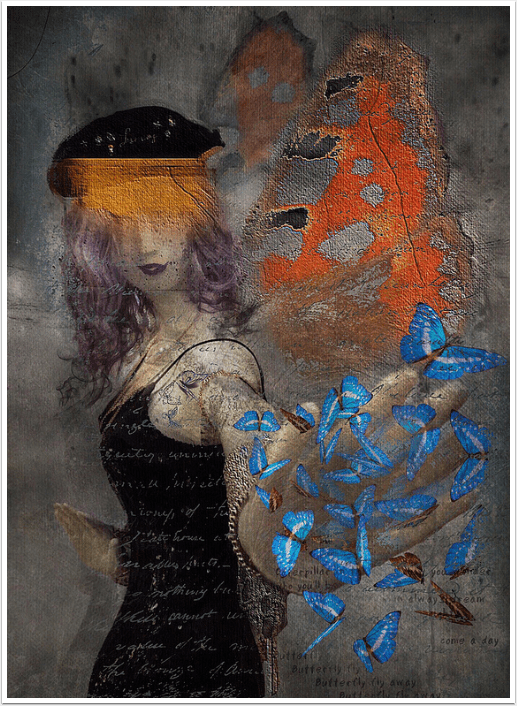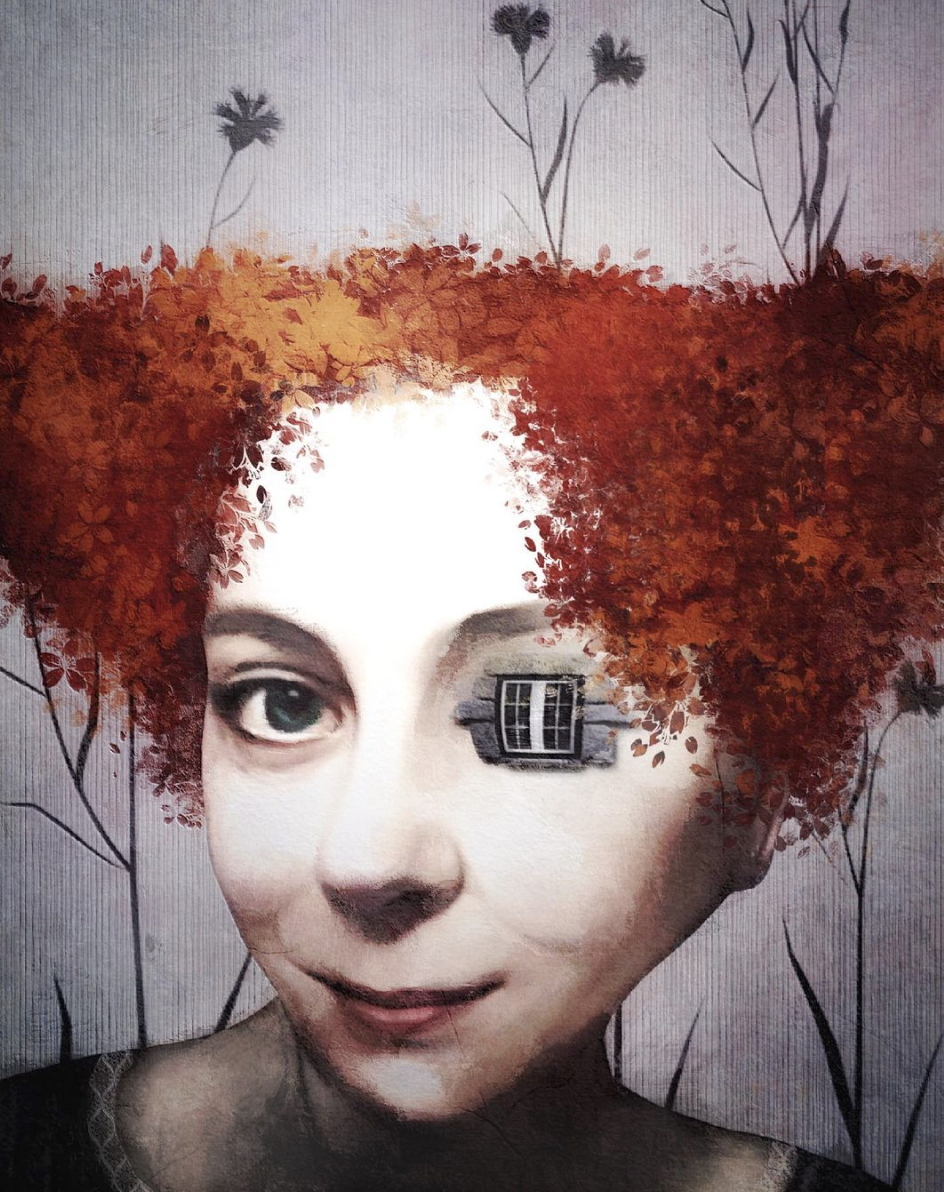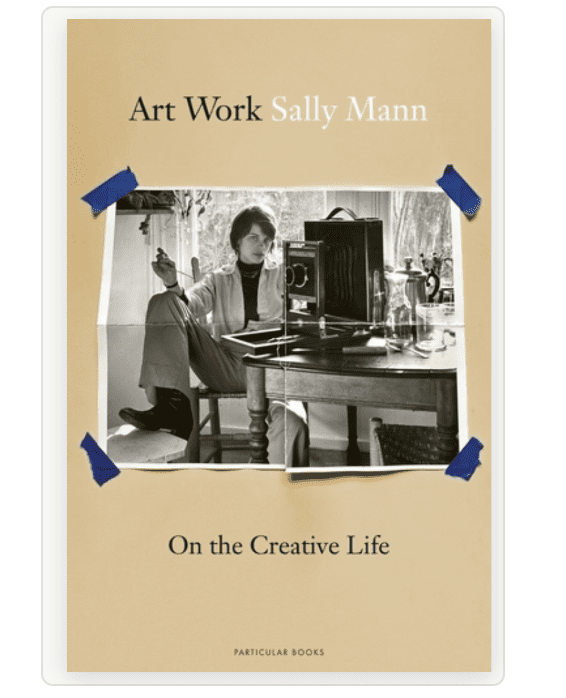
Book Review – Sally Mann’s Art Work: On the Creative Life — A Personal Reflection
Book Review – Sally Mann’s Art Work: On the Creative Life — A Personal Reflection
I have fallen completely in love with Sally Mann’s Art Work: On the Creative Life. It’s one of those rare books that seeps quietly into your life and stays there. I own three copies now — one by the bed, one on the arm of the sofa, and one that seems to wander around the house with me, always within reach. Mann’s words have become a kind of companion presence. I pick it up in passing, open it at random, and each time I find something that feels new, as if she were still speaking directly to me.
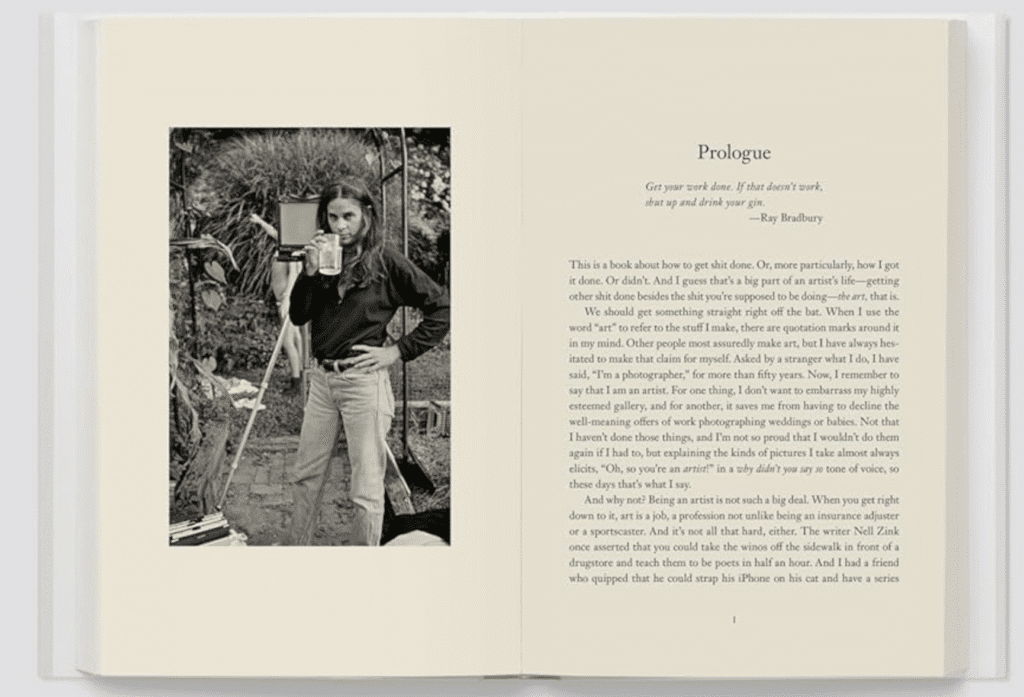
What I adore most is her voice — that mixture of wisdom, warmth, and sly humour. Mann’s writing has an honesty that disarms you completely. She doesn’t posture as a sage or mystic; she just tells the truth as she’s lived it. “Talent,” she writes, “is a word I’ve never trusted.” What matters, she insists, is the stubborn act of doing the work — showing up, failing, starting again. It’s a sentiment so simple and so right that I keep repeating it to myself.
She calls Art Work a “how-not-to book,” and that modesty is part of its power. It’s not a manual or a motivational tract, but a meditation on how to persist when inspiration deserts you — when the light’s bad, the print fails, or the world intrudes. Her humour saves her (and us) from despair. She’s wonderfully funny about her own artistic self-importance, describing bouts of creative misery as “fancy self-pity dressed in fixer and sweat.” I’ve laughed out loud more than once.
What’s beautiful is how the book feels handmade, like her photographs. It’s full of letters, notes, diary fragments, and old negatives — glimpses of the chaos behind the mastery. I find those pieces irresistible. There’s such grace in her willingness to show us the imperfect, the abandoned, the botched. She reminds me that art isn’t the polished thing we see at the end, but the whole messy, human process that leads to it.
Her reflections on failure are so tender and precise. She doesn’t glorify it, but she honours it. She shows us ruined plates, hopeless days in the darkroom, the “catastrophes that teach you more than the triumphs.” Reading her makes me less afraid of my own false starts.
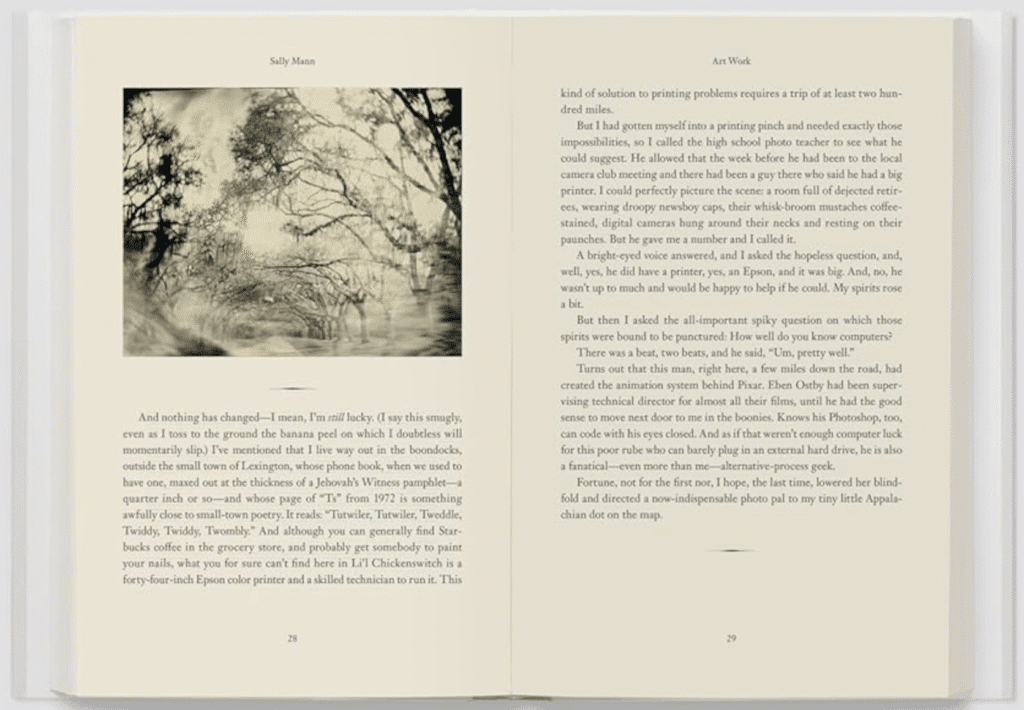
And then there’s her sense of place. Mann’s Virginia is a living presence in her work — humid, haunted, thick with memory. She writes of the light that “limps through the pines,” and of her belief that the familiar world contains more mystery than any faraway muse. “Dig where you stand,” she urges, and I’ve carried that phrase with me ever since.
Of course, the thread of grief runs through Art Work, as it does through Hold Still. She writes that loss “doesn’t vanish; it just changes its molecular weight.” I had to pause over that sentence. It’s the sort of truth that takes your breath away in its quiet accuracy. Mann doesn’t use art to escape pain, but to stay in touch with it — to keep it close enough to transform.
What continues to delight me is her ability to balance darkness with humour. She makes me laugh as often as she makes me think. There’s a comfort in her irreverence, a reminder that seriousness and play belong together. I often read passages aloud to my husband on Sunday afternoons — her jokes, her wisdom, her admissions of doubt — and somehow, each time, the room feels lighter. For a book about solitude, Art Work brings extraordinary companionship.
Mann’s reflections on risk have also lodged in my mind. After decades of working with antique techniques, she decides to try digital photography, calling it “a small act of sabotage against my own certainty.” I love that phrase. It captures something essential about creative life — that even the surest hands must sometimes shake themselves loose. It’s an act of courage to stay curious.
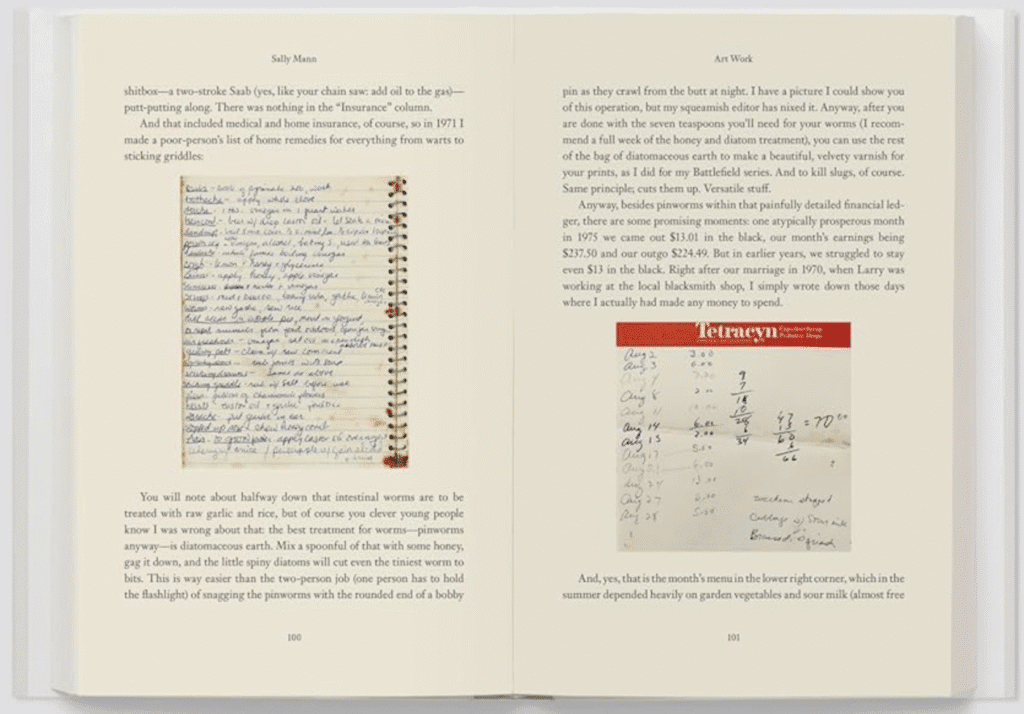
Every page reminds me that creativity isn’t about inspiration, but endurance. Mann’s life — like her work — is a lesson in persistence. She’s never sentimental about it. She just keeps going, through doubt and exhaustion, through the endless business of paying attention.
What continues to delight me is her ability to balance darkness with humour. She makes me laugh as often as she makes me think. There’s a comfort in her irreverence, a reminder that seriousness and play belong together.
Mann’s reflections on risk have also lodged in my mind. After decades of working with antique techniques, she decides to try digital photography, calling it “a small act of sabotage against my own certainty.” I love that phrase. It captures something essential about creative life — that even the surest hands must sometimes shake themselves loose. It’s an act of courage to stay curious.
Every page reminds me that creativity isn’t about inspiration, but endurance. Mann’s life — like her work — is a lesson in persistence. She’s never sentimental about it. She just keeps going, through doubt and exhaustion, through the endless business of paying attention.
In the final pages she reflects by the Maury River at dusk, noting that the place is still there—altered, indifferent—waiting for whoever comes next.
That humility might be what I love most. Mann writes with the rare assurance of someone who knows that imperfection is not failure but evidence of life. Her prose, like her photographs, feels touched by time — slightly rough, smoky, alive.
Every time I open Art Work, I feel steadier, funnier, more forgiving of myself. Mann makes me laugh and ache in the same paragraph. She makes art feel possible — not as glory, but as daily devotion. I think that’s why I keep her books scattered around the house: so that her voice is always within reach.
It’s rare to find a book that teaches without preaching, that consoles without sentimentality, and that keeps you company long after you’ve closed it. Art Work does all three. It’s a book about art, yes, but also about living — about carrying on, looking hard, and finding joy in the doing. And sometimes, if you’re lucky, it makes you laugh aloud in the middle of an ordinary afternoon.
To purchase a copy/or copies even of Art Work, just click here.
If you missed her memoir, Hold Still, just click here
Please support us
TheAppWhisperer has always had a dual mission: to promote the most talented mobile artists of the day and to support ambitious, interested viewers worldwide. As the years pass, TheAppWhisperer has gained readers and viewers and has found new venues for that exchange.
All this work thrives with the support of our community. Your support helps protect our independence, and we can keep delivering open, global promotion of mobile artists. Every contribution, however big or small, is valuable for our future.


